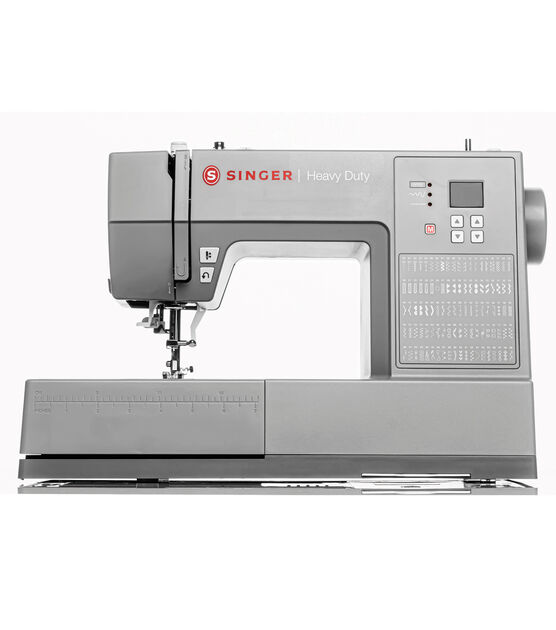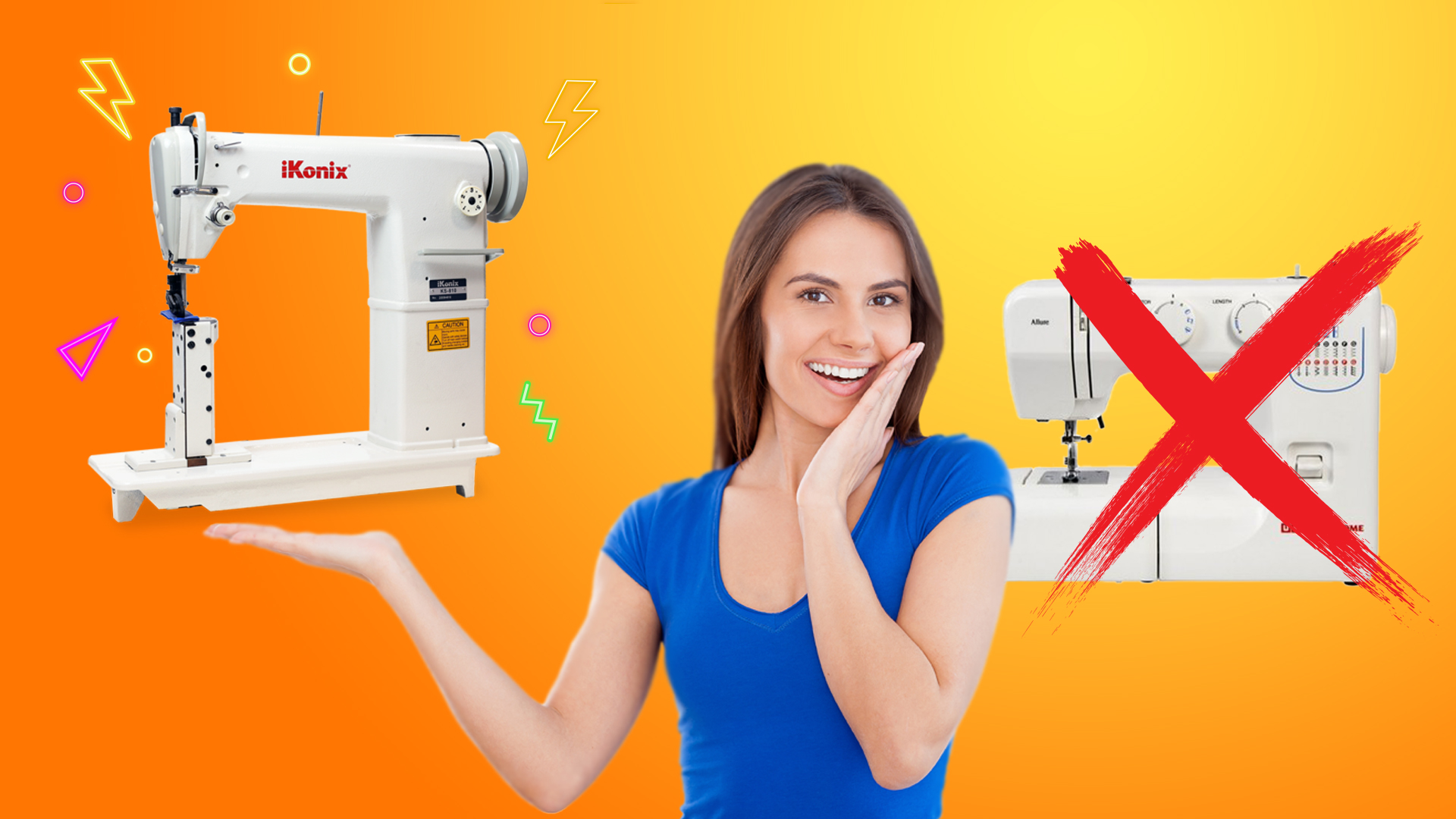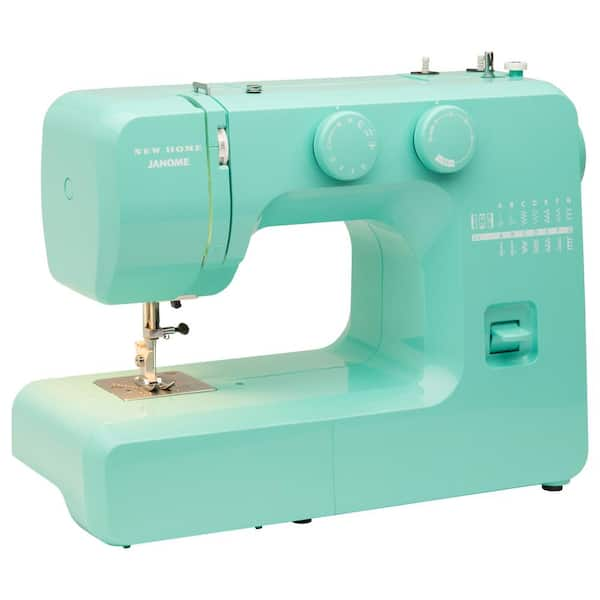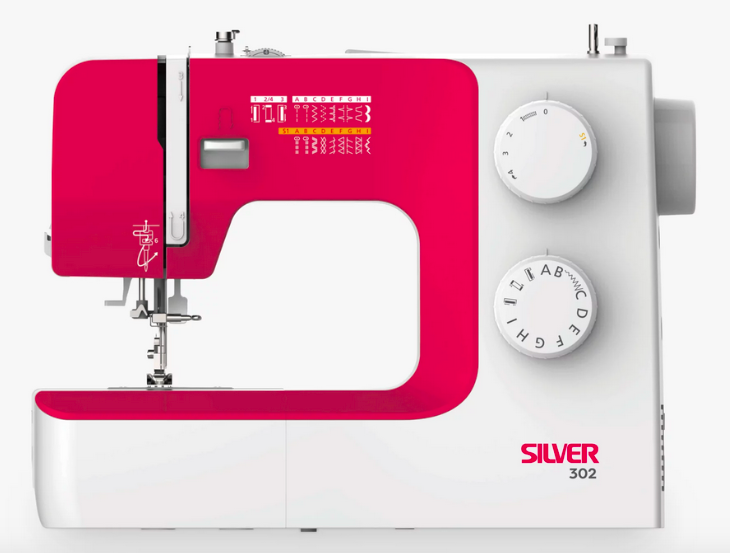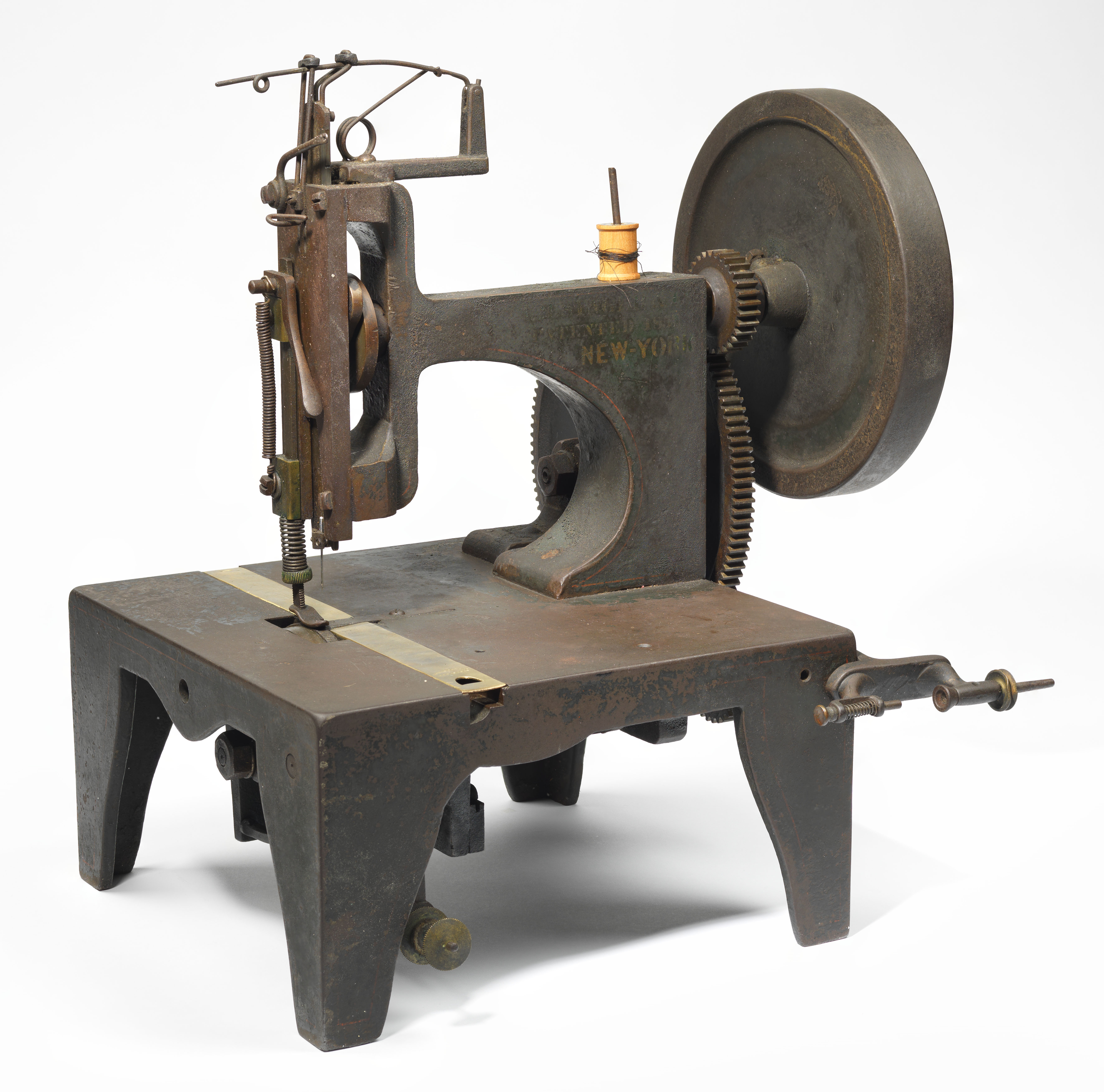Number 1 “Standard” sewing machine - Bard Graduate Center
4.7 (777) · € 28.50 · En stock
This Singer sewing machine, manufactured in 1856, is the same 1851 patent model that was displayed and demonstrated at the New York Crystal Palace in 1853 to much acclaim. The machine is compact enough to sit on a small table or desk; it is operated by a foot pedal and is largely made of iron and steel. “Singer, New York” is painted in faded golden letters on its frame, and yet there is a shiny brass plate that is flush with the iron of the machine, snugly fitted over a slot where the shuttle is located, that bears the inscription “Howe Patent Sep. 10 1846.” The combination of a Singer brand machine with an additional part from a separate patent holder is intriguing. How did this somewhat seamless integration of parts come to be? Were they designed to be interchangeable? And who is the true inventor of the sewing machine?
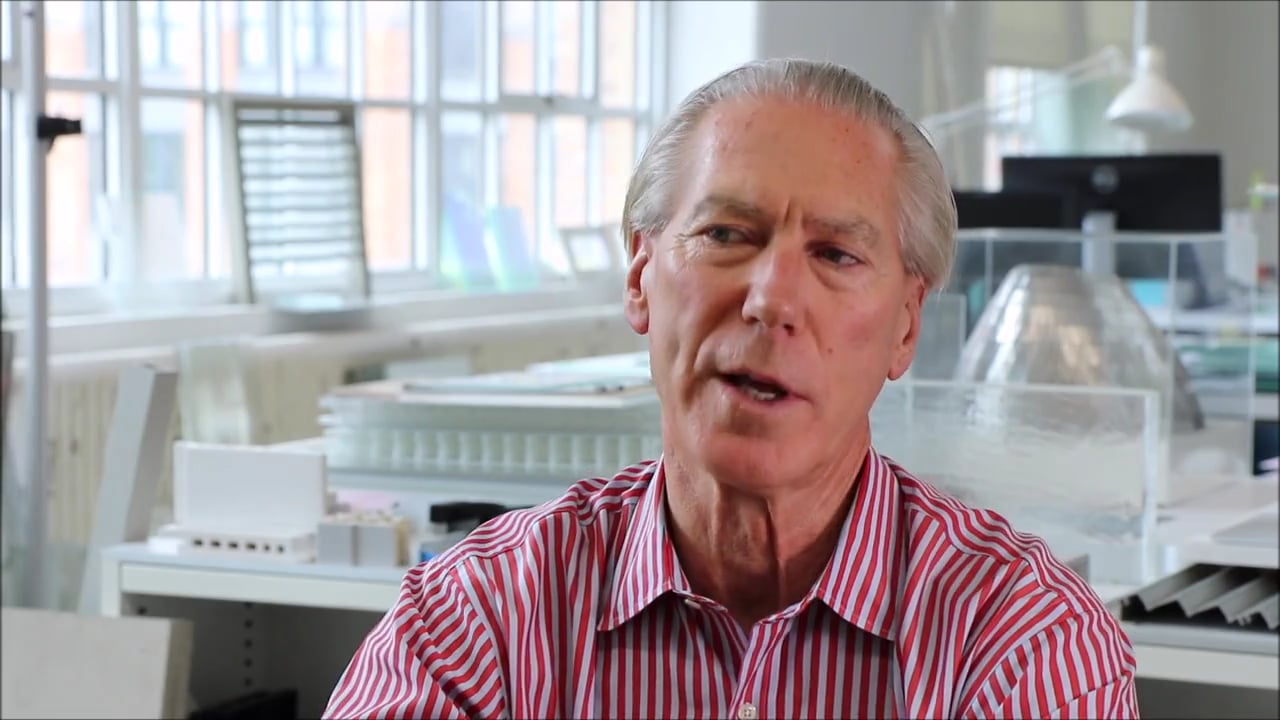
Rhode Island School of Design (RISD)

31-01-2024-12-04-32-pm-8593229.jpg

Magazines & Presses Archives

2022 Museum Textile Services Magazine by Camille Breeze - Issuu

New York Crystal Palace 1853
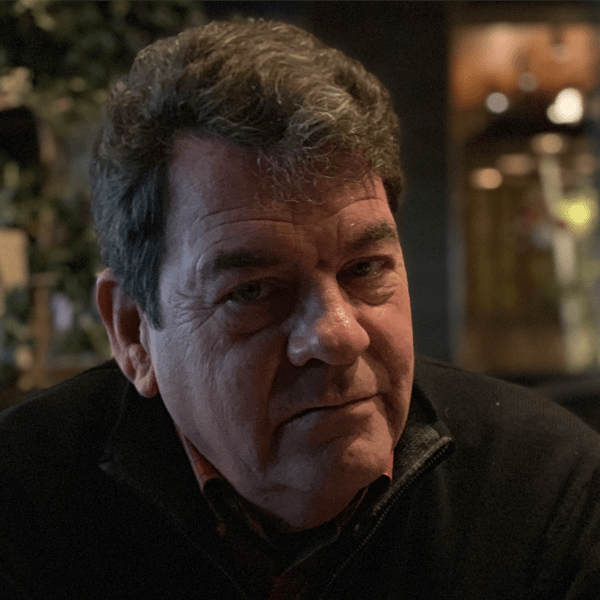
Rhode Island School of Design (RISD)
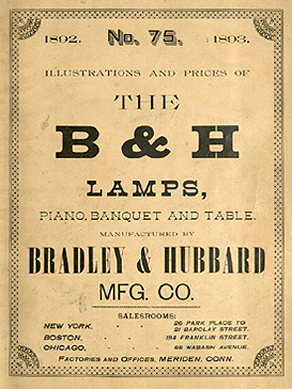
Bradley & Hubbard design catalogues and historical information
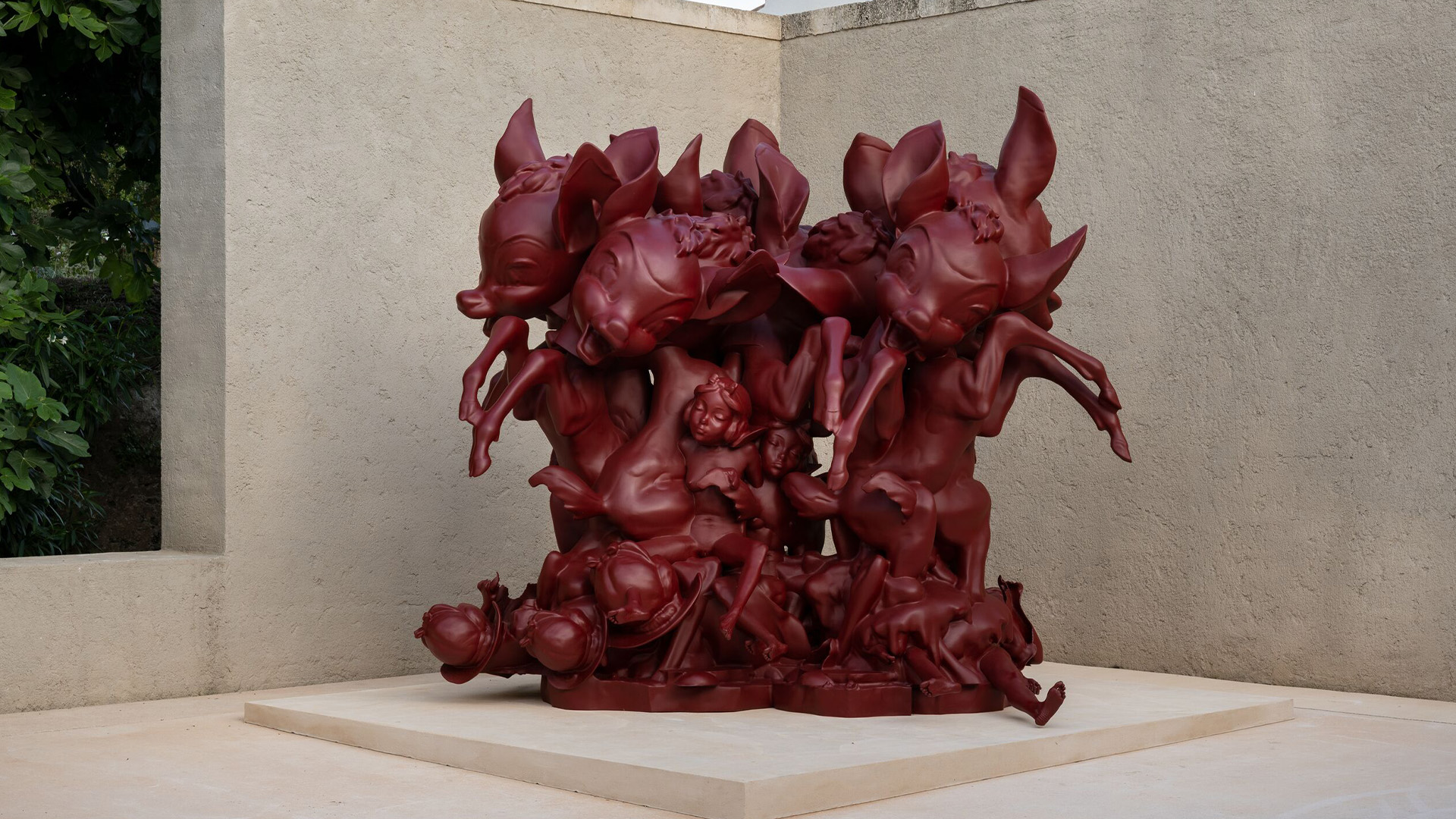
Paul McCarthy - Hauser & Wirth
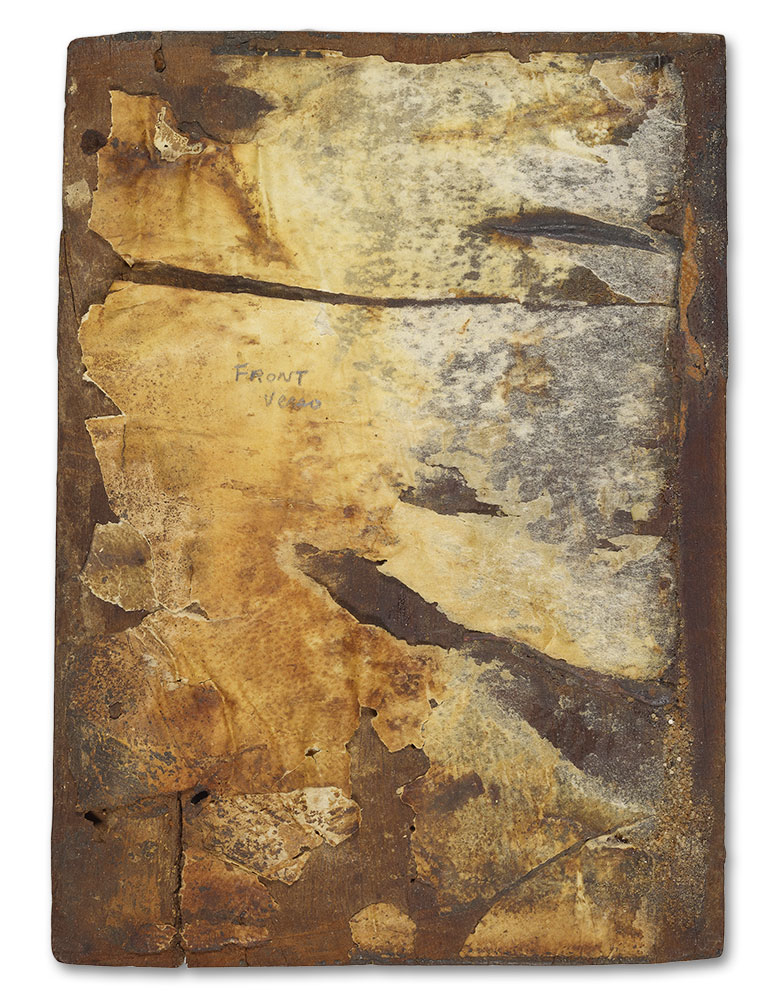
Inside Story: Using X-ray Microtomography to See Hidden Features of a Manuscript Codex
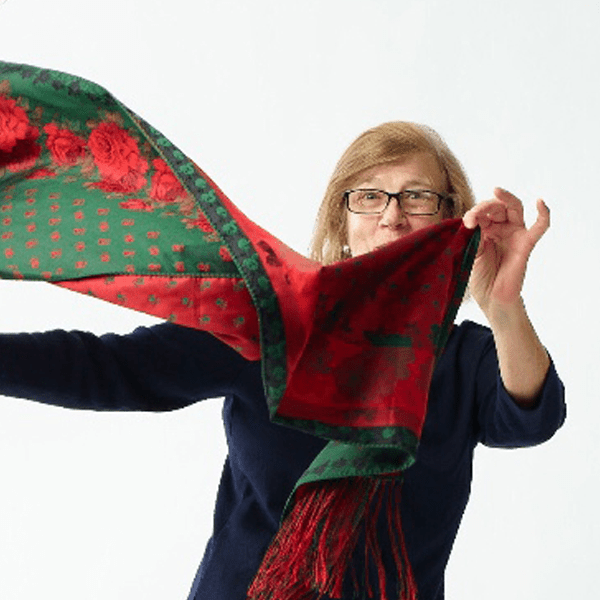
Rhode Island School of Design (RISD)
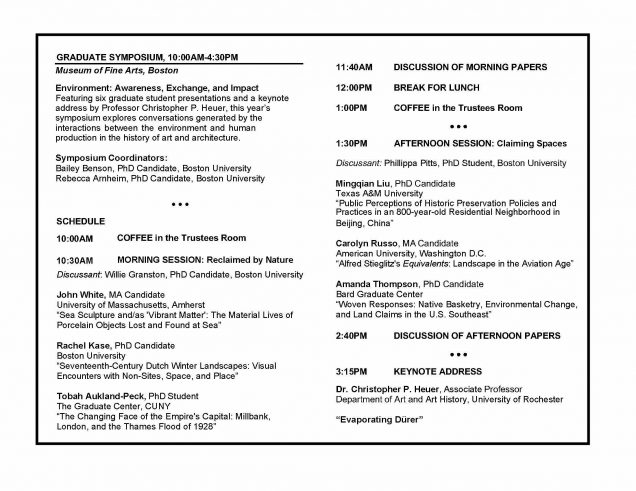
news, SEQUITUR. we follow art

History Archives - The Atavist Magazine
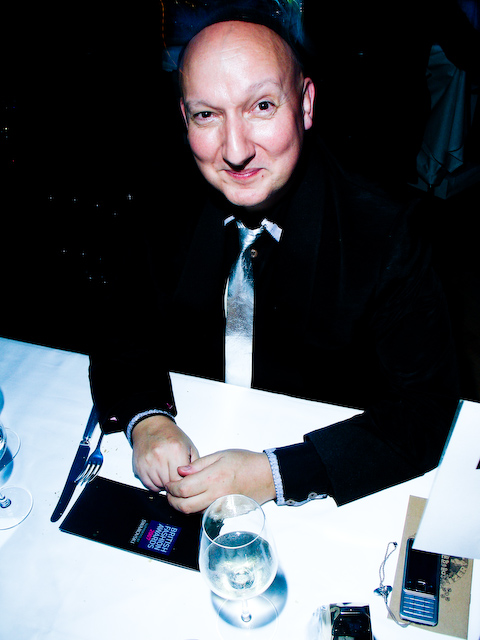
Stephen Jones (milliner) - Wikipedia






